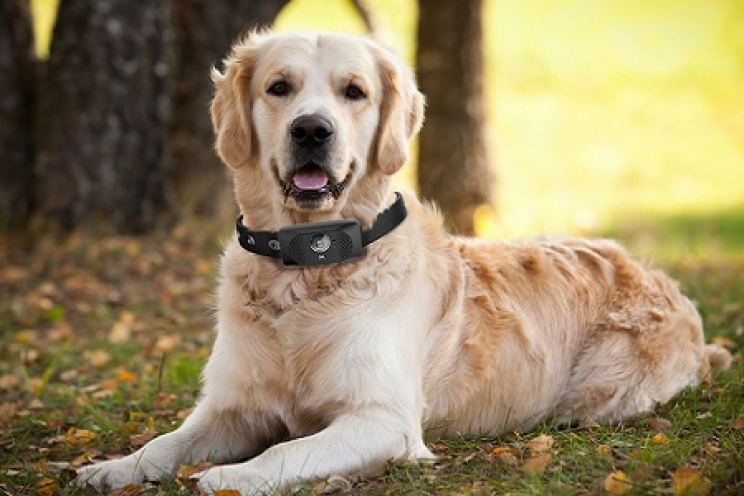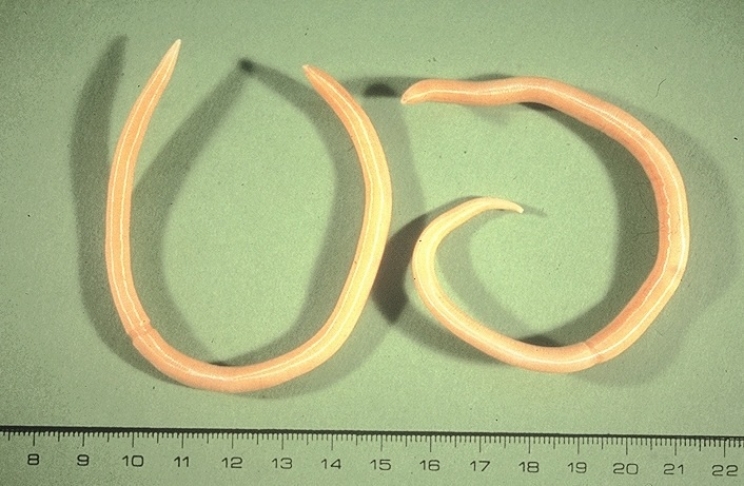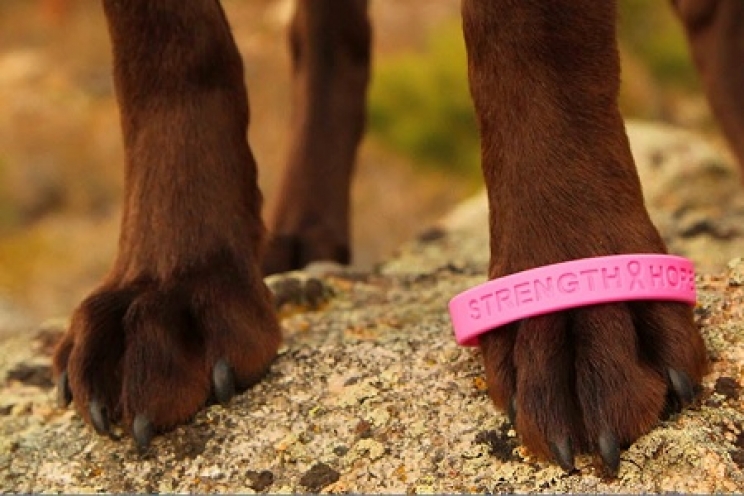Breast cancer is one of the most common tumors that can streak dogs and cats. According to recent statistics, they are the first most common cancer in female dogs and third in female cats.
Animals which are not castrated between the ages of 6 and 12 years old, are more likely to get a cancer. Almost all the cases of breast tumors have a hormonal change reason behind them. Once your pet starts to produce the useful hormones for pregnancy, and start their period, the chances of getting a tumor are more elevated.
According to some previous studies on the matter, it is proven that castrating your pet prematurely (before the first menstrual cycle), decreases the chances of getting a breast cancer. The percentage of risk of cancer in prematurely sterilized dogs and cats is situated close to zero, so it has almost no risk. Chances of getting a cancer will increase to 8% once the first period starts and up to 26% after the second one and so on.
What is breast cancer
A tumor can be defined as the presence of unstable and crazy cells in the organism. All of the organs and structures in our body, including skin, bones and muscles are made up of cells. These cells multiply constantly, following the same features and scheme, almost as if they had an identical print as a reference.
Some factors might interfere with the multiplication of cells, drastically changing the characteristic of the new cells. These cells will be produced in an altered form.
In breasts, this can also happen. Cells in the breast can be produced in a different way than the usual form they should have. In this case, there will be nodules formed inside of the breast.
These nodules can be easily identified by touching the area. There can be just one of them or multiple of them with variable dimensions. They can affect either breast or just one of them.
Breast tumors can have very different features. One of the main criteria to take into consideration is the examination of the tumor to identify if it is a good or bad tumor in the organism.
Good tumors have a slower progression and do not give metastasis (in other words, they do not diffuse in other parts of the body). On the other hand, bad tumors expand rapidly and grow in other parts of the body as well. They especially tend to expand in the lungs.
We must consider the fact that a good tumor might also degenerate into a bad one.
Fatal consequences are the most important aspect of tumors in our pets. A good tumor will not be extracted through a surgery. Instead, it will grow until it might produce some wounds on the skin and you might even notice some pus and blood coming out. A bad tumor is much more dangerous as it will expand in other organs. For example, if the tumor expands to the lungs, the animal will not be able to breathe any more.
Diagnosis process
We can easily identify a tumor in out pet by simply touching the area and noticing a nodule or lump under the skin. When we are trying to look for the tumor, we must be accurate and check all of the areas. If we come across some wounds or lumps that seem unusual and not normal, we should definitely go the vet to confirm or deny the presence. Besides that, you will not be able to identify the type of tumor just by touching. In this case, the vet will proceed with some deeper exams and tests.
The typical tests your vet will do to identify the type of tumor your pet is experiencing are:
- Rib cage x-ray: especially useful to identify the presence of metastasis in lungs;
- abdominal ultrasound: evaluates the presence of tumors in the area inferior to the breasts;
- blood test: identifies some potential other malfunctioning in other organs;
- Biopsy: after removing the tumor, a section of the material extracted will be sent to a lab to have an insight of the cell types.
How do we treat it
In case of a tumor in your pet, the first thing that your vet will recommend is to intervene with a surgery to remove it. The removal of the infected breasts must be immediate in case it’s too late.
In case of metastasis, the situation would be more complex as it is impossible to remove the tumorous tissue completely.
In pets where the risk of damaging tissue due to metastasis is elevated, your vet will recommend proceeding with chemotherapy.
How do we prevent cancer in our pet?
The best tip to prevent cancer is to sterilize your animal as soon as possible. The ideal period is around 6 months, preferably before the beginning of the first menstrual period.
Besides all of the ethics behind not wanting to sterilize your animal, if you have no intention whatsoever of mating your pet or induce pregnancy, a useless period multiple times will be counterproductive.
We must also keep an eye on our pet’s breast and belly to be sure if we notice some anomalies.
Make sure to remember that prevention is the first step to avoid the risk of tumors in your animal.












